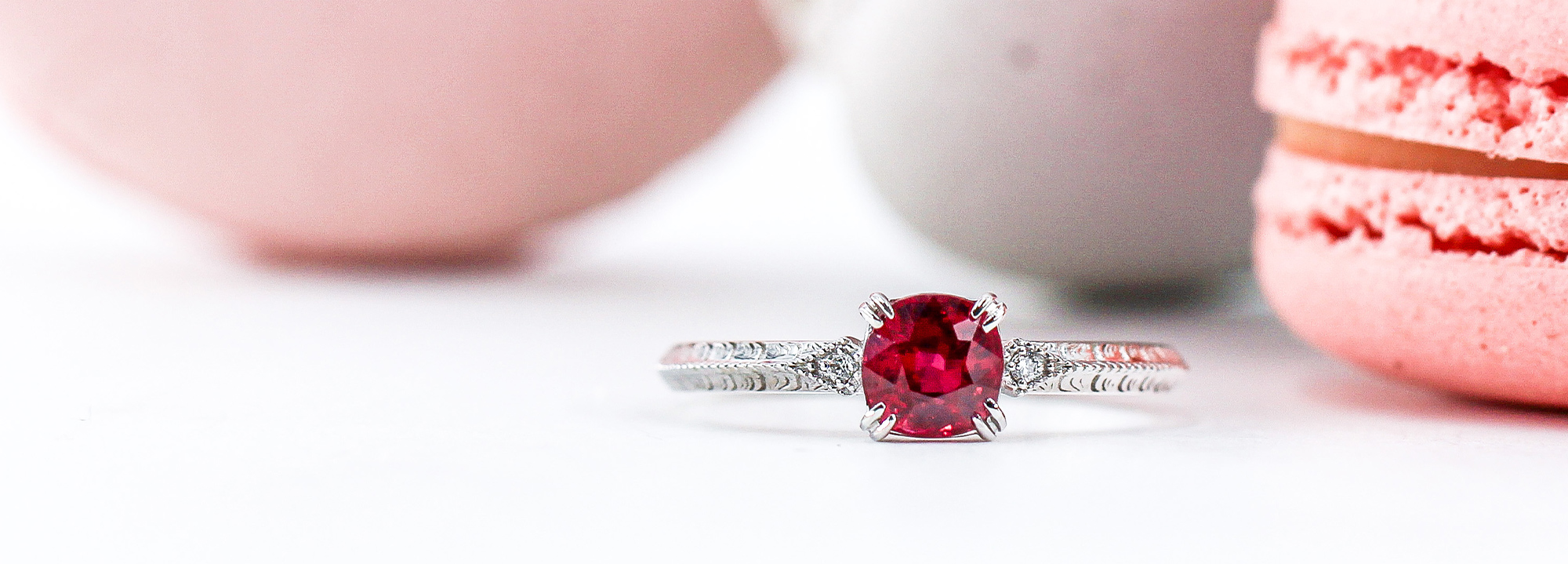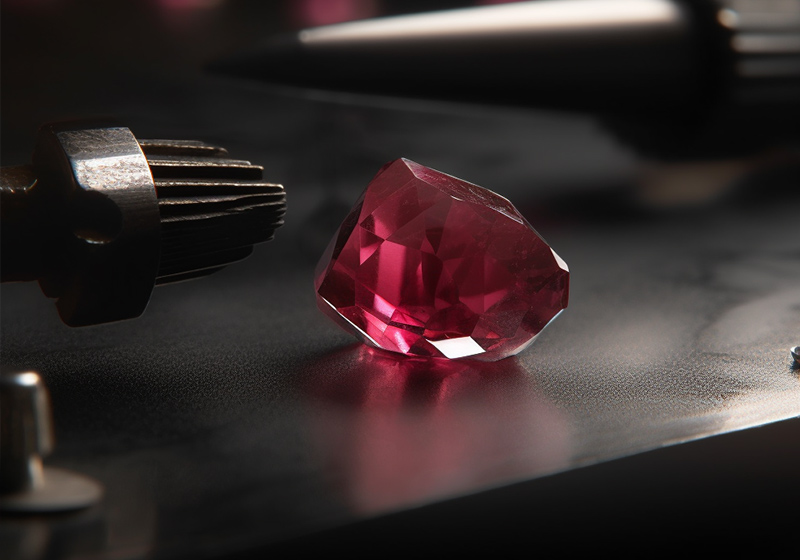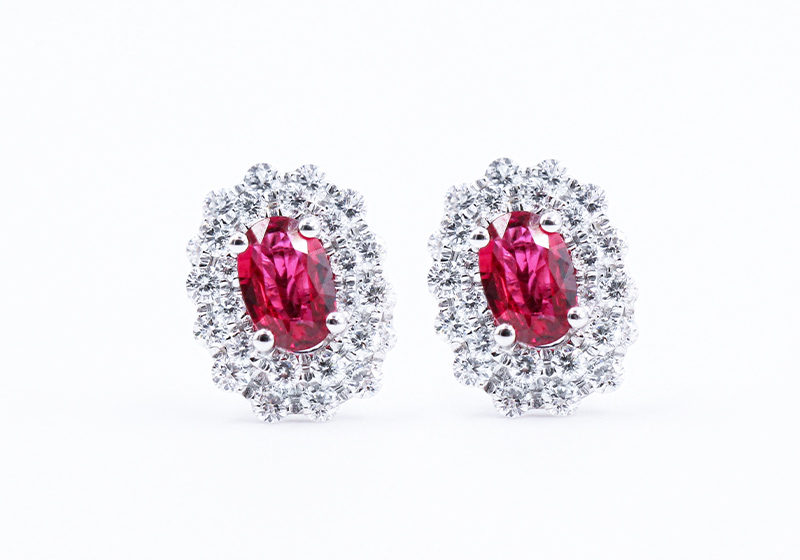
The Unmatched Beauty of Pigeon Blood Rubies: A Look at Burmese and Mozambique Rubies
Burmese Pigeon Blood Rubies: Rarity and Demand
Pigeon blood rubies are some of the most sought-after gemstones in the world, prized for their rich, intense red color that resembles the color of pigeon blood. Two countries in particular have become synonymous with this rare gemstone: Burma (now Myanmar) and Mozambique. In this article, we’ll take a closer look at the differences between Burmese and Mozambique rubies, as well as the growing demand for none treated rubies and the high standards for ruby selection set by Jennybay Diamond.
Burmese Pigeon Blood Rubies: Rarity and Demand
For centuries, Burmese pigeon blood rubies have been coveted by collectors and connoisseurs alike. These gemstones are known for their rich, deep red color that is unrivaled by rubies from other parts of the world. However, their rarity and limited supply make them even more valuable. Burmese ruby mines have been in operation for over a thousand years, but the best quality rubies are becoming increasingly scarce due to a combination of factors.
Firstly, the famous “ten to one” rule of Burmese rubies – that only one out of every ten rubies mined is of gem quality – means that truly exceptional stones are incredibly rare. Secondly, political instability and economic sanctions have led to a decline in the number of Burmese rubies being exported. Finally, the demand for Burmese rubies is constantly increasing, particularly in emerging markets such as China and India, which puts further pressure on the limited supply.

Mozambique Rubies: A New Player in the Market
Mozambique rubies, on the other hand, are a relatively new addition to the market. Discovered in the Niassa and Cabo Delgado regions of Mozambique in the last decade, these rubies are known for their bright red color and excellent clarity. Unlike Burmese rubies, they are generally not treated to enhance their color or clarity, making them a popular choice for those who value natural, unenhanced gemstones.
While some experts believe that Mozambique rubies will never be able to compete with the rarity and prestige of Burmese rubies, others see great potential in these new gems. The fact that they are less expensive than their Burmese counterparts makes them an attractive option for collectors and investors who are looking for high-quality gemstones at a lower price point. Additionally, Mozambique rubies are still relatively new to the market, which means that there is still room for growth and potential for new discoveries.

None Treated Rubies: The Ultimate Luxury
For those who value natural gemstones, none treated rubies are the ultimate luxury. These gemstones are not subjected to any heat treatment or other enhancements, which means that their color and clarity are entirely natural. None treated rubies are incredibly rare, as most rubies on the market have undergone some form of treatment to improve their color or clarity. However, they are highly prized by collectors and connoisseurs who value the purity and authenticity of natural gemstones.



